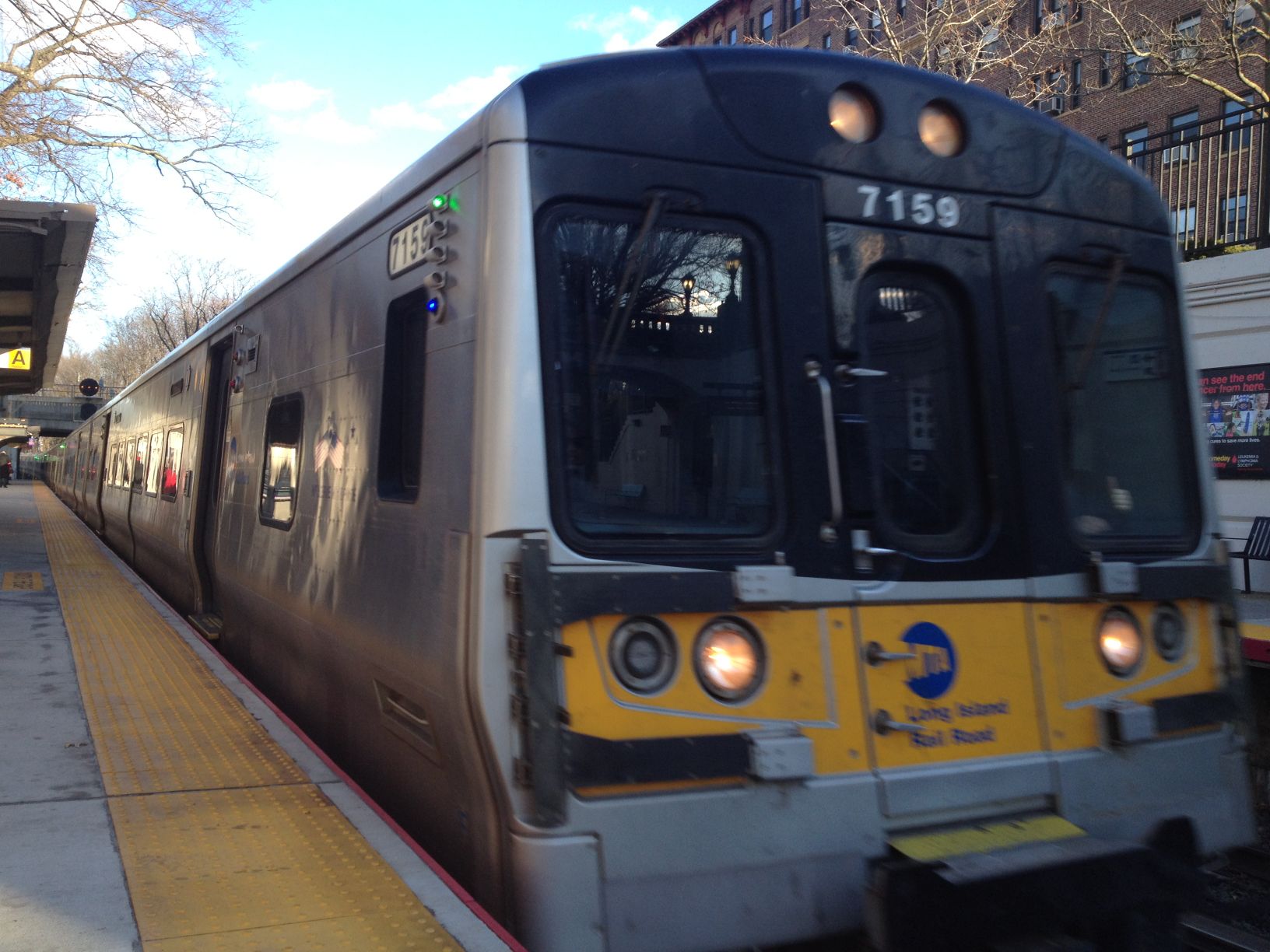The Metropolitan Transportation Authority expects to break ground next month on the Colonial Road Improvement Project – a $24.9 million replacement of the Colonial Road Bridge in the Village of Thomaston – that the MTA calls essential to the long-awaited East Side Access project.
The replacement of the bridge, which was built in 1897, is part of a larger project in the Village of Thomaston that includes improved drainage at track level, landscaping and the extension of an existing pocket track used to turn trains around, MTA/Long Island Rail Road spokesman Salvatore Arena said.
The project will cost $45.1 million in total and “enable the LIRR to improve train service reliability,” Arena said.
Arena said the finished East Side Access project – which will bring the LIRR straight into Grand Central Station – is still about seven years away but when completed will cut the travel time of commuters who work on Manhattan’s East Side 20 to 30 minutes and make Long Island a more attractive place to live in the process.
“If you’re thinking about living some place in connection to your job, the distance you commute makes a big difference. That’s true all the way out to Suffolk,” he said. “Dividing the ridership between Penn Station and Grand Central actually makes it easier in terms of scheduling.”
The MTA, he said, also expects the project to increase readership on the line.
“Current LIRR daily ridership – meaning the number of trips customers take in one day – is 287,000 with most customers making two trips a day,” Arena said. “It is certainly safe to say that the LIRR expects ridership to grow substantially with East Side Access. But we are still too far away to try to make an accurate prediction.”
Arena said the MTA has been working with localities that have stations along the LIRR line to expand parking, but that it is up to the locality to determine if they want the help. The MTA, he said, is not in the position to put parking structures up if the localities do not want them there.
“Out in Suffolk they constructed a new parking garage,” Arena said. “It’s about three stories – it’s not finished yet but it’s part of a redevelopment project taking place around the station area where a new residential community is going up.”
“The railroad can’t come in and simply build a structure – everybody has to have a say,” Arena added. “In virtually every community where you’re proposing parking in an area that is now relatively congested or where there is a shortage of spaces, there are a lot of different opinions about what to build.”
The parking situation, he said, is unique because about 70 percent of the parking spaces near LIRR stations are under the jurisdiction of the municipality the station is located in.
Commissioners for the Great Neck Park District, which operates the parking lot at the LIRR station in Great Neck, recently discussed the need to address possible congestion brought on by the extension of the LIRR into Grand Central Station.
The commissioners said they would consider plotting the physical location of parking permit holders to see where there are clusters of people, if any, which might lead to an alternative to everyone parking in the lot, and tracking the times of the day when the lot is at its fullest.
They also said they might ask the MTA to come in and talk to the district about exactly what will happen with the LIRR Grand Central extension.
Arena said that with the East Side Access Project seven years from completion the MTA has not made any concrete plans to accommodate new riders, but that there will be in the future.
He said the new bridge in the Village of Thomaston is expected to be ready for traffic by June 2016, and the entire project is expected to be done in December 2018.



